Starting a welding business is an exciting venture, opening up a world of opportunities in the vast and versatile field of metalwork. Whether you're repairing machinery, creating custom metal fabrications, or providing general welding services, the right equipment is your key to success. This guide is tailored for newcomers to the welding industry, helping you navigate through the essential tools and gear you'll need.
From understanding various welding processes to selecting the best equipment, we'll ensure you're well-prepared to kickstart your welding business with confidence and expertise. Let's ignite your journey in the world of welding!
Understanding Different Welding Processes
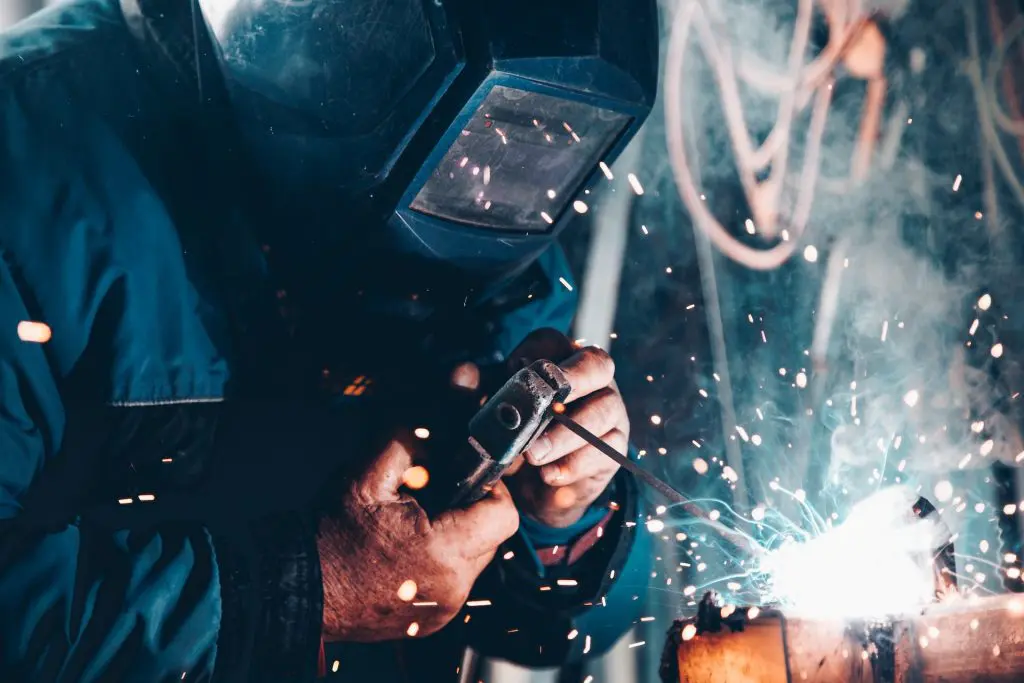
In the realm of welding, mastering the different processes is crucial for delivering quality work. Let’s break down the common welding methods: MIG, TIG, Stick, and Flux-Cored.
MIG Welding (Metal Inert Gas): MIG welding is known for its efficiency and ease of use, making it a go-to for beginners and professionals alike. It uses a wire welding electrode on a spool that is fed at a constant speed. MIG is versatile, working well with thin or thicker materials, and is ideal for projects where speed and volume are essential.
TIG Welding (Tungsten Inert Gas): TIG requires more skill but offers incredible precision. It uses a non-consumable tungsten electrode to produce the weld. This method allows for stronger and higher-quality welds, perfect for detailed work on thinner materials or metals like aluminum and stainless steel.
Stick Welding (Shielded Metal Arc Welding): Stick is one of the oldest and most basic welding processes. It uses an electrode stick that melts to form the weld. This method is effective for outdoor use, especially on dirty or rusty materials, and is often used in construction and heavy repair work.
Flux-Cored Arc Welding: Similar to MIG, this process uses a special tubular wire filled with flux. It’s ideal for thick materials and performs well in windy, outdoor conditions. Flux-Cored welding can be a great choice for heavy-duty repair or construction jobs.
Choosing the right process is key. Consider the material, the project's environment, and the desired quality of the weld. Each method has its strengths, and the best choice often depends on the specific requirements of your project.
Core Welding Equipment
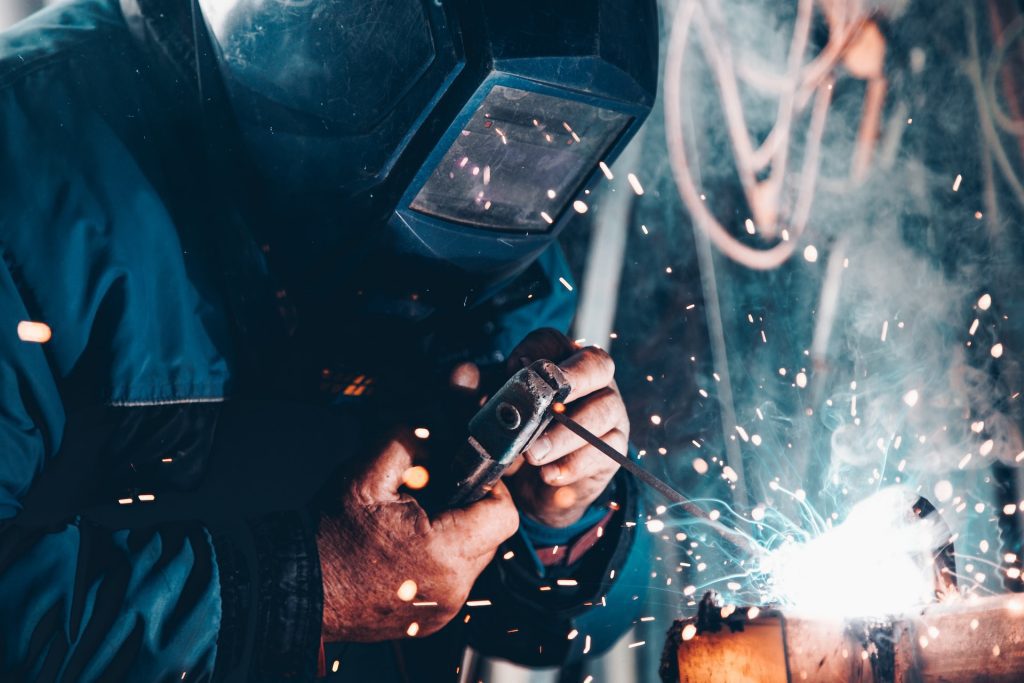
Setting up your welding business means investing in core welding equipment. Understanding the different types and their uses is crucial for quality work and safety. Here's a rundown of the essentials:
Welding Machines
- MIG Welders: Great for beginners, MIG welders are versatile and user-friendly. They're perfect for a range of projects, from auto repair to fabrication.
- TIG Welders: Ideal for precision work on thinner metals. TIG welding machines are a must for high-quality, detailed jobs.
- Stick Welders: Robust and portable, these are suited for construction sites or outdoor repairs, especially on thicker materials.
- Multiprocess Welders: These combine various welding capabilities in one machine, offering flexibility for those handling diverse projects.
Welding Torches
- MIG Torches: Designed to feed a wire electrode while shielding the weld with gas, they're straightforward and efficient.
- TIG Torches: These hold a non-consumable tungsten electrode and are used with a separate filler material. They offer high precision and control.
- Stick Torches: Simpler in design, stick torches conduct electricity to the stick electrode, melting it to create the weld.
Safety Gear
- Helmets: Auto-darkening welding helmets protect your eyes and face from sparks and harmful light emissions.
- Gloves: Durable, heat-resistant gloves are essential for hand protection.
- Aprons and Jackets: Leather or flame-resistant aprons and jackets shield your body from sparks and heat.
- Safety Glasses: For additional eye protection, especially when not welding but still working around welding activities.
Essential Accessories
- Clamps: Secure your workpieces in place for accurate welding.
- Hammers and Chisels: For chipping off slag and cleaning welds.
- Wire Brushes: Essential for cleaning metal surfaces before and after welding.
Each piece of equipment plays a vital role. While welding machines and torches are at the heart of your operations, never underestimate the importance of safety gear to protect you from the hazards of the trade. And remember, accessories like clamps and brushes might seem minor, but they are indispensable for professional-quality work.
Investing in quality equipment not only ensures efficiency and precision in your welding projects but also underlines your commitment to safety and professionalism. As you grow in your welding career, you'll learn to appreciate the value of each of these tools in your arsenal.
Advanced Welding Tools
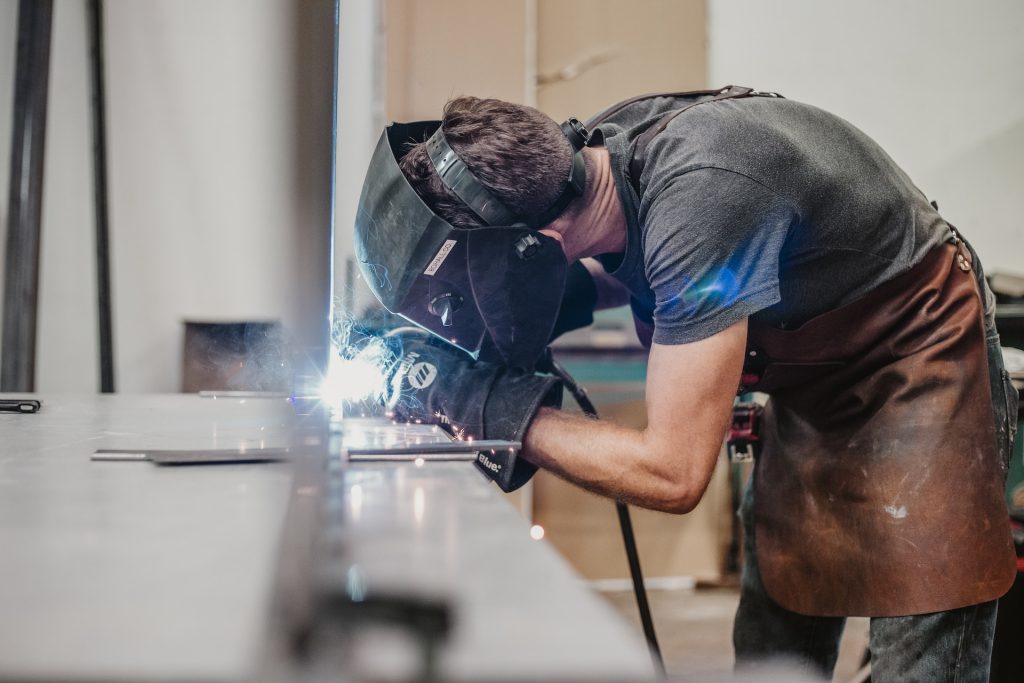
As your welding business evolves, integrating advanced welding tools can enhance your capabilities and efficiency. These specialized tools cater to specific needs and can significantly elevate the quality and scope of your services.
Specialty Welders
- Plasma Cutters: An invaluable tool for cutting through various metals quickly and precisely. Plasma cutters use a jet of hot plasma to slice metals like steel, aluminum, brass, and copper, making them ideal for fabrication and repair work that requires detailed cutting.
- Multi-Process Welders: These are the Swiss Army knives of welders, combining several welding processes in a single machine. They can switch between MIG, TIG, Stick, and sometimes even plasma cutting, offering versatility and space-saving benefits. This adaptability is perfect for businesses handling diverse projects and looking to invest in one comprehensive tool.
Automation Equipment
- Welding Positioners: These devices hold and rotate the workpieces, allowing for consistent welding quality, especially in hard-to-reach areas. They are crucial for ensuring uniform welds and reducing manual effort in large or repetitive projects.
- Feeders: Wire feeders improve the precision and control of wire feed in welding, essential for consistent, high-quality welds. They are particularly useful in complex or long-duration welding tasks.
Incorporating these advanced tools not only streamlines your workflow but also opens up opportunities for tackling more complex and lucrative projects. They represent a significant investment in your business's future, showcasing your commitment to delivering top-notch welding services.
Setting Up Your Welding Workspace
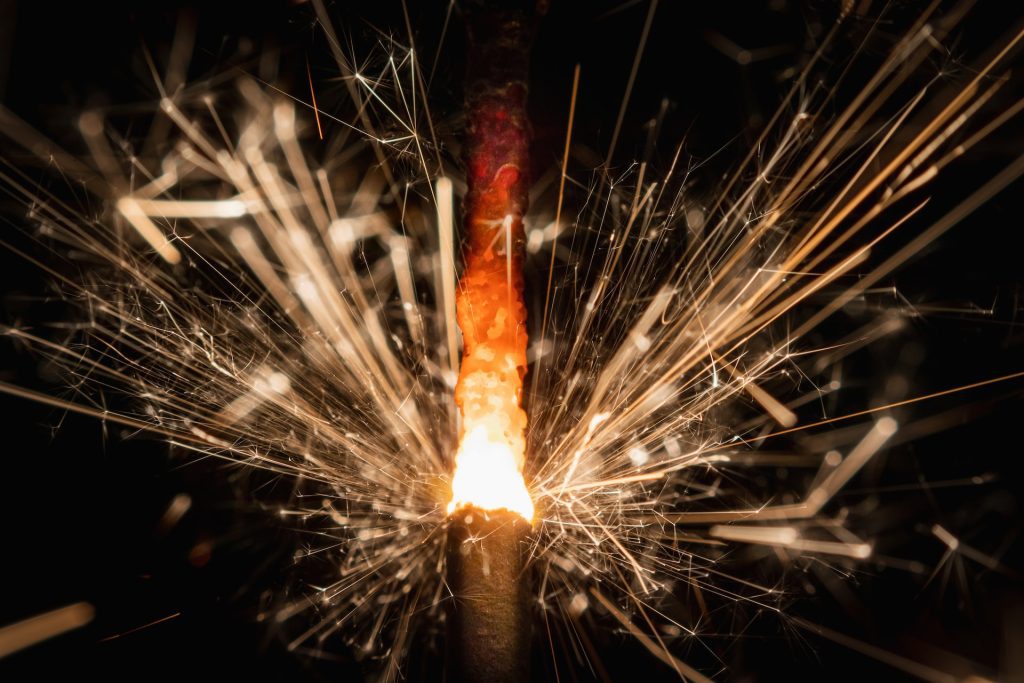
Creating a well-organized and safe workspace is critical for any successful welding business. A properly arranged workspace not only boosts efficiency but also ensures safety, a top priority in the welding world.
- Welding Tables: Invest in sturdy, heat-resistant welding tables. They should be spacious enough to handle various projects and durable to withstand the rigors of welding.
- Ventilation Systems: Adequate ventilation is non-negotiable. Welding fumes can be hazardous, so install effective exhaust systems or fume extractors to maintain a healthy working environment.
- Lighting: Good lighting is essential for precision in welding. Ensure your workspace is well-lit with bright, focused lights to reduce eye strain and improve accuracy in your work.
Maintenance and Care of Welding Equipment
Regular maintenance of your welding equipment is essential for ensuring longevity and safety. Here are some key tips:
Welding Machines and Tools
- Cleaning: Regularly clean your machines and tools from dust and debris. This prevents build-up that can lead to overheating or malfunction.
- Inspection: Frequently inspect cables and connections for wear and tear. Replace any frayed or damaged parts promptly.
- Lubrication: Keep moving parts, like the wire feeders in MIG welders, well-lubricated for smooth operation.
- Software Updates: For advanced machines, keep the software updated to ensure optimal performance.
Protective Gear
- Helmets and Safety Glasses: Check for cracks or damage. Ensure auto-darkening lenses are functioning correctly.
- Gloves and Aprons: Inspect for burns or thinning material that could compromise protection.
- Respirators: Replace filters regularly and check for a proper seal.
Sourcing Your Welding Equipment
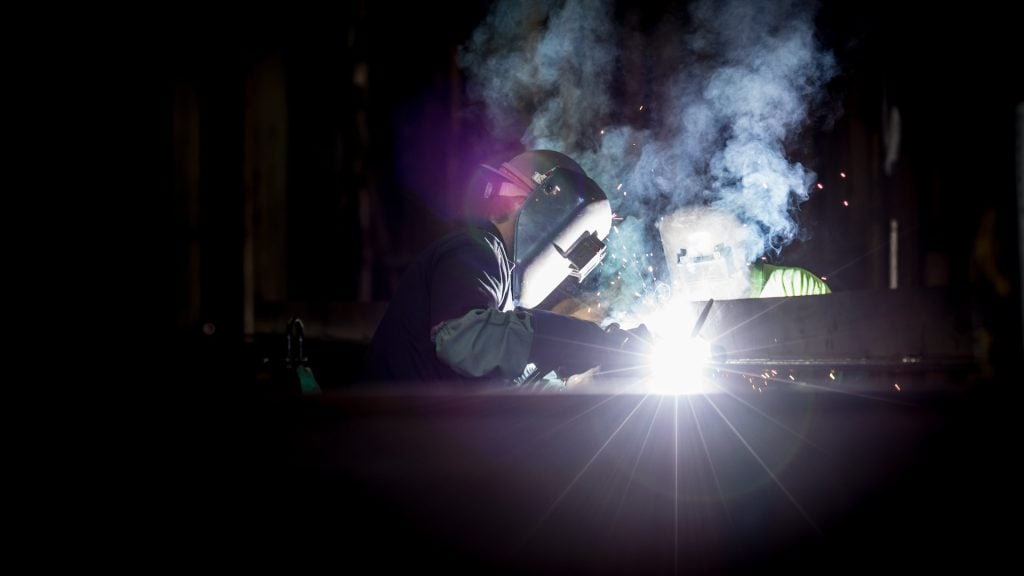
Choosing the right suppliers and equipment is a vital step in establishing your welding business. Here are some tips to guide you:
Research Suppliers
- Look for reputable suppliers with positive reviews and a track record of quality.
- Consider suppliers who offer after-sales support, such as maintenance and parts replacement.
Quality vs. Price
- Don't compromise on quality for cost. While budget constraints are real, investing in higher-quality equipment can save you money in the long run due to less frequent repairs and replacements.
- Compare prices across different suppliers, but weigh the cost against the equipment's durability, brand reputation, and warranty.
Seek Recommendations
- Ask fellow welders or industry contacts for recommendations. They can provide insights into the best equipment and suppliers.
- Join online forums or social media groups related to welding to get advice and reviews from a broader community.
Consider Future Needs
- Think about the long-term needs of your business. It might be worth investing in more advanced equipment now if it will meet future demands.
If possible, test the equipment before purchasing. This helps ensure it meets your specific needs and comfort.
Conclusion
Embarking on your journey in the welding industry is both thrilling and challenging. With the right tools and equipment, you're laying a strong foundation for success. Remember, every great welder started with a first spark, and with dedication, learning, and quality equipment, you'll shape not just metals but also your future.
Embrace the challenges and opportunities that come your way, continuously hone your skills, and stay curious about new techniques and technologies. Your welding business is not just about joining metals; it's about building lasting structures, relationships, and a rewarding career. Here's to your success in the vibrant world of welding!




